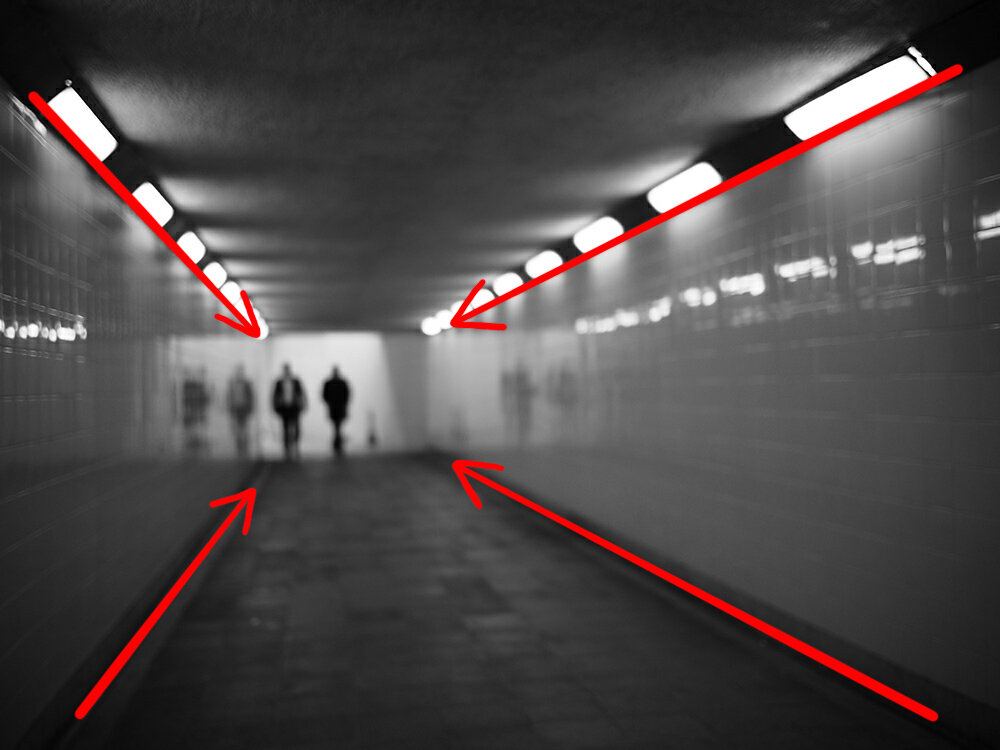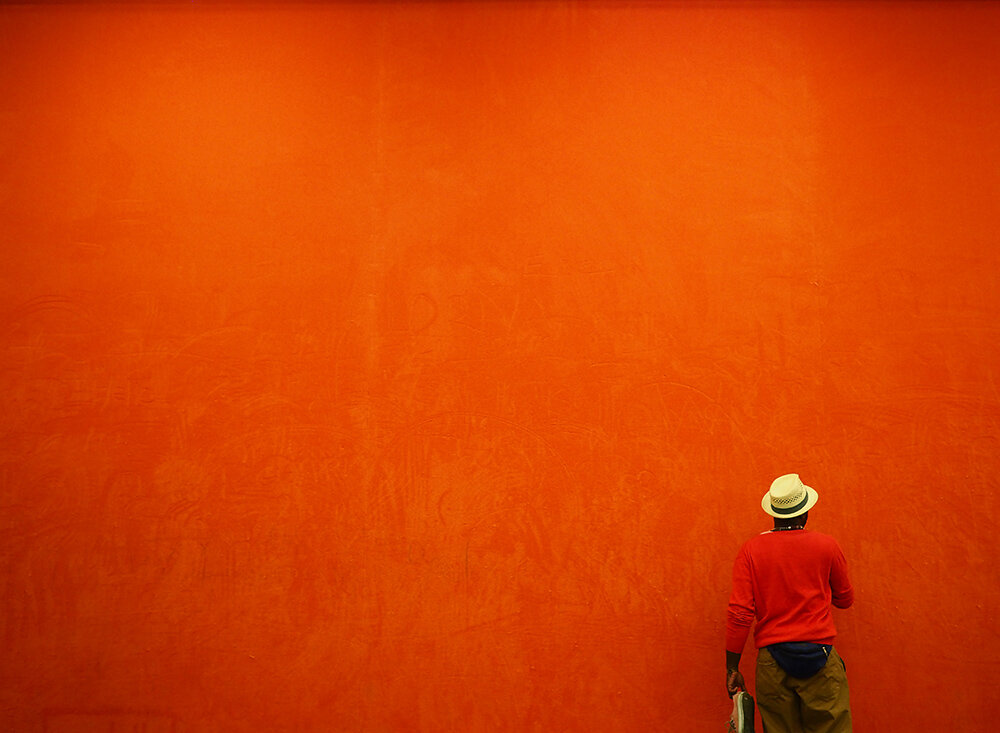I have decided to publish a series of articles through which I’d cover important aspects / elements of composition in photography.
Think of it as a “back to basics” in order to advance better.
Strong foundations, just like in building construction, are key to further your photography and take it to the next level.
To begin with, I always tell people to look at “rules” as guidelines rather than anything too serious. Rules should NEVER stop you experimenting and exploring beyond them.
Too many rules kill creativity.
Photography composition can be broadly described as how everything in a photograph is “balanced”, how things flow, how every element fits and interacts with the rest in terms of colour, textures, lines, focus, contrast…
Good composition will result in a good photo provided the chosen subject and concept behind the image are good too.
This is a fairly wide subject which also has slight variations depending on the genre of photography you shoot. I say variation because in fact there are still many similarities in how a photographer composes a studio portrait and how a landscape photographer will capture a Scottish landscape.
There are recurring themes such as the rule of thirds in photography, leading lines, the use of negative space, symmetry…
I don’t have the ultimate answer to good photography, what I can do is share my decade-long experience hoping it will help you.
You then decide to apply as much or as little as you want in your own photography.
Each element of composition I cover is fully illustrated with examples from my portfolio / archive, just follow each individual link to read more:
RULE OF THIRDS IN PHOTOGRAPHY
The rule of thirds in photography is a simple yet effective principle, perhaps the first a photography enthusiast will come across, it is sometimes displayed as a grid on camera screens.
Applying it, often brings balance to photographs.
With time it often becomes an unconscious habit for experienced photographers. Something they do without giving much thought.
LEADING LINES IN PHOTOGRAPHY
Leading lines in photography draw the viewer’s eye effortlessly towards the main subject.
Conflicting, messy lines can negatively affect the viewing experience while leading lines will make it more enjoyable.
SYMMETRY PHOTOGRAPHY EXAMPLES
In the natural world symmetry is an integral part of the evolution of species. It allows birds to fly, humans to walk and plants to grow straight. By observing nature, humans invented and produced more efficient designs in planes, architecture and most areas of modern life.
Find out how symmetry can be found and how it affects photography in a positive way.
NEGATIVE SPACE IN PHOTOGRAPHY
Negative space in photography represents any empty space surrounding the main subject in the photograph. I have made it my speciality to provide ample amounts of that in my photography, it allows the eye of the viewer to rest as opposed to overly busy shots.
LOW ANGLE PHOTOGRAPHY
Shooting at low angle is an easy and effective way to change perspective, to surprise the viewer and to add dynamism to your photography.
THE IMPORTANCE OF BACKGROUND IN PHOTOGRAPHY COMPOSITION
In this separate article I discuss the importance of background in photography composition and through clear examples within my photography show you how a strong background makes all the difference. The background is what sets the scene, it can help focus on the subject when used properly (photo below) but it can also detract from it when too busy and cluttered.
I hope you will delve into these articles and find inspiration for your own photography, to shoot your own perspective on the world, place and time you live in.
Until next time.










